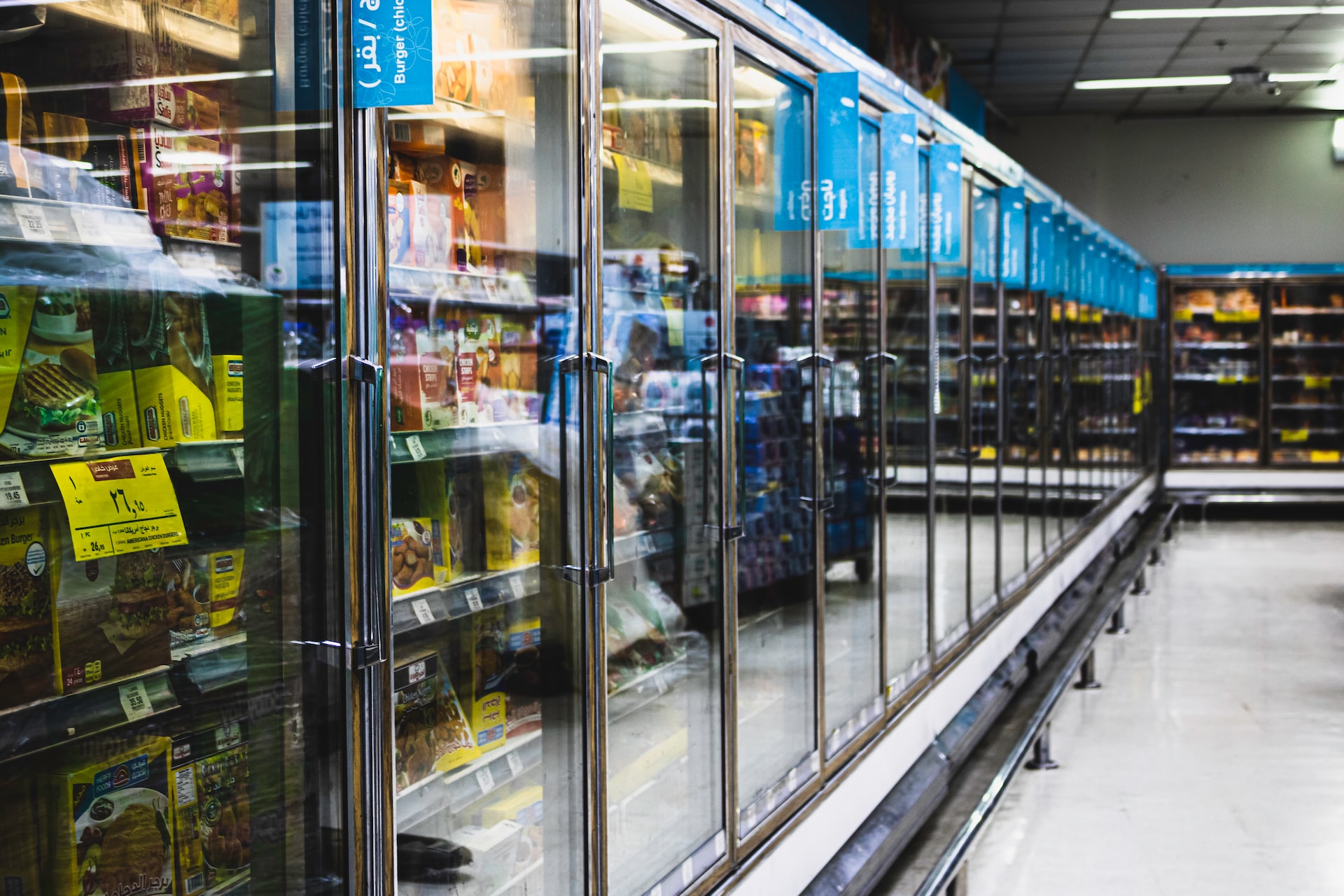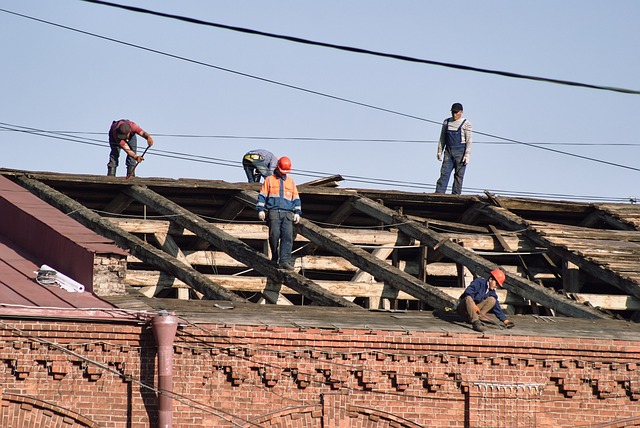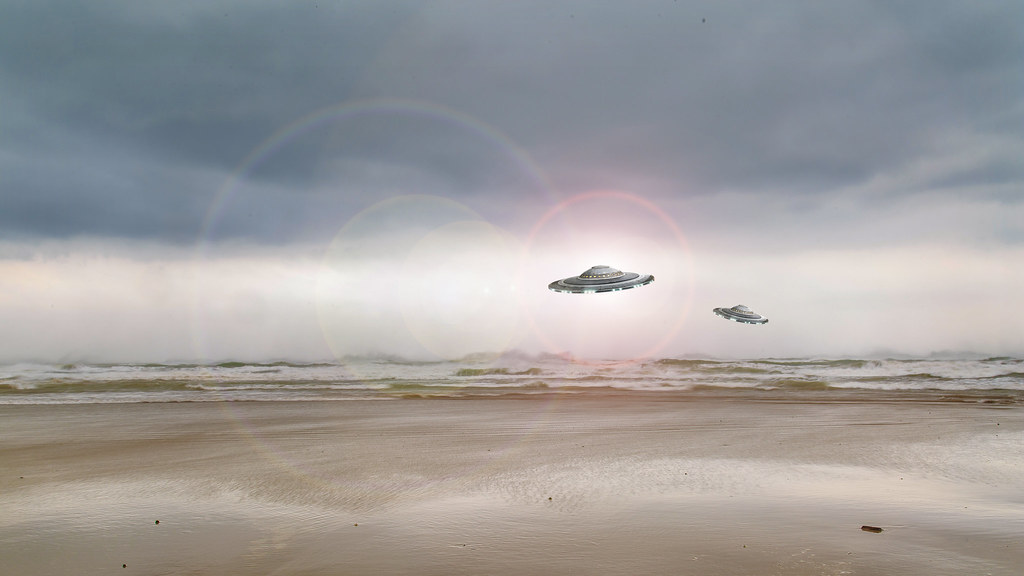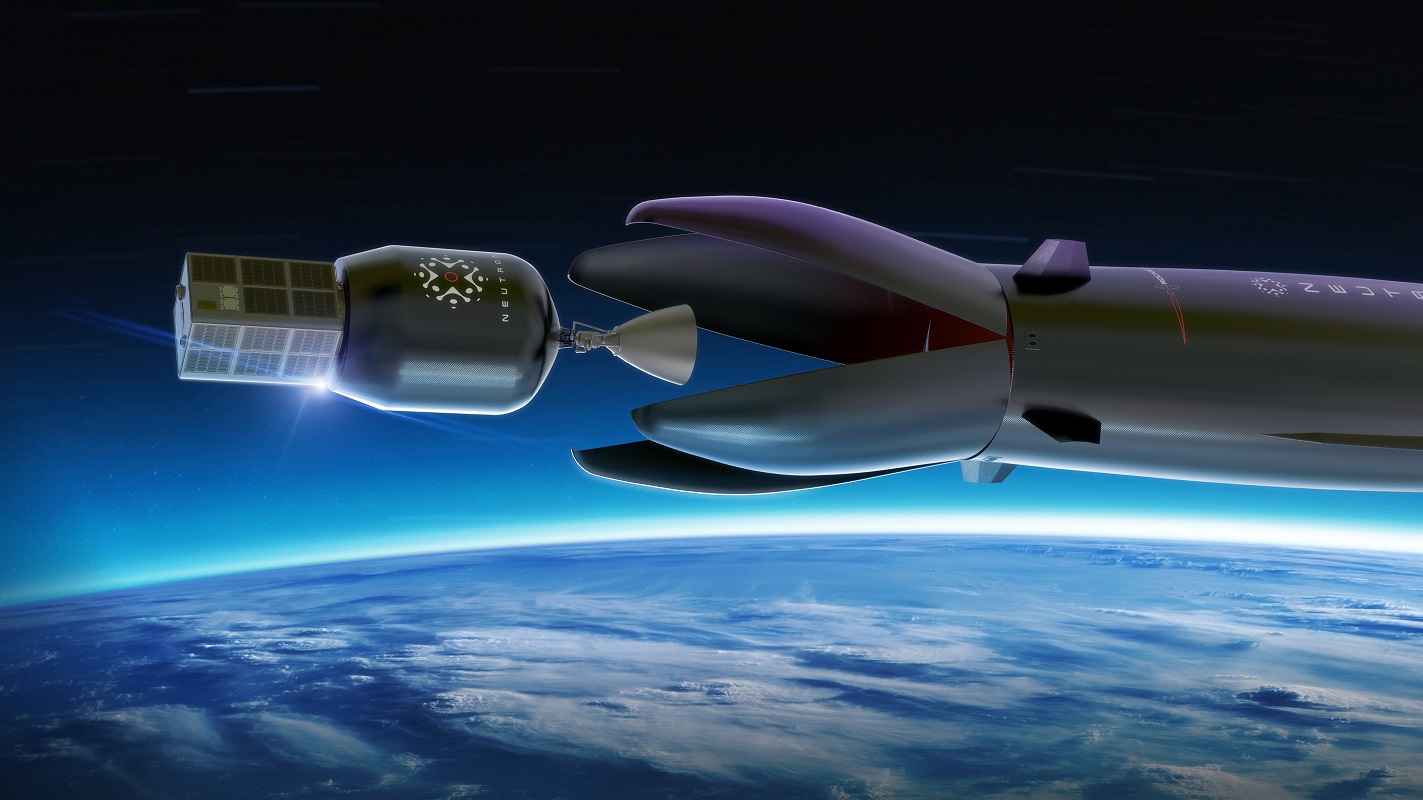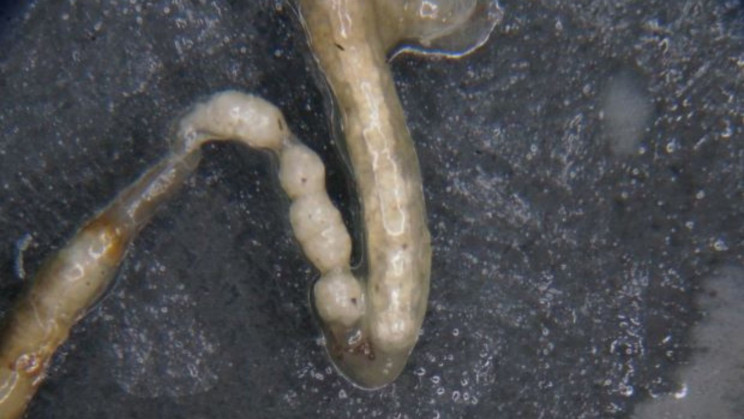Walk-in coolers are basically large-scale commercial refrigerators. They keep everything inside them chill and at a perfect temperature. They’re used for several reasons, including displaying food in stores, storing perishable materials, and storing medicine and medical supplies.
However, walk-in cooler problems can arise anytime for various reasons. Some common issues occur due to the accumulation of dust and grime, technical malfunctions, and the refrigeration system getting very old.
To help you understand better, this article discusses six common problems that happen with walk-in coolers and how you can fix them.
Common Problems With Walk-In Coolers
Every industry using walk-in coolers faces the same common problems. And if you’re in the pharmaceutical or food industries and have to deal with industrial refrigeration, you may have faced the same issues too or will have to face them soon.
Below are the problems you should look out for.
1. Inconsistent Cooler Temperature
The most common walk-in cooler problem is inconsistency in temperature. It can happen if the backflow prevention device malfunctions, causing the temperature sensor to give you wrong readings.
Refrigeration units have a backflow prevention mechanism that keeps the cooler gas from escaping into the condensation chamber or the storage units of the refrigeration room. Gas gathers in the condensation chamber when this malfunctions, raising the condenser’s temperature.
This rise will force the cooler temperature to fall to compensate for that heat in the condenser. The temperature sensor will thus give an inaccurate reading, often as freezing temperatures, which may make you take the wrong step.
2. Leaking Water
A properly-functioning refrigerator will have water constantly draining from the drain line when the evaporator melts any ice or frost and forms water. Sometimes, you may need to drain the water yourself after a while if, for any reason, the drain pipe gets clogged.
However, water can start leaking from other parts of the walk-in cooler. They can form condensation inside, which leaks out of the door if the door’s suction seal becomes weak. Maybe the refrigeration system is very old, and certain components have worn out so much that you can’t repair it.
If you start seeing water constantly pooling underneath the refrigeration units, you must check for any mod growth, as molds grow in a constantly damp environment. It can pose health risks without timely detection and proper cleaning, as the mold can contaminate any food, medicine, or lab specimen.
3. A Strange Odor
Every cooler has a coolant that helps maintain the internal temperature and creates a constantly cold environment. If you open your refrigeration unit and find an odd smell that’s not similar to food, chances are the coolant tank is leaking.
The coolant can leak if your walk-in cooler is very old and the strength of the parts has expired. This signifies that you need to either replace the coolant tank or upgrade to a newer refrigerator model.
Getting rid of the smell of rotting food can be a hazard. Furthermore, a cooler that has become very old and can’t produce enough cooling can raise the internal temperature, causing food to give off a stale, rotting smell. It also indicates that you need to replace the walk-in refrigerator.
4. Frosting in the Cooler
Every walk-in cooler has an evaporator coil that regulates the refrigeration temperature with a defrosting system. The evaporator fan constantly rotates to melt away any frost that accumulates on the coil or anywhere in the refrigerator, protecting the internal parts from getting damaged due to the ice.
However, the defrosting mechanism fails sometimes, primarily due to dust and debris accumulating around the evaporator coil. It can’t heat up efficiently to maintain the temperature, therefore allowing ice and frost to get around various parts of the walk-in refrigerator. This build-up of ice heats up all those parts in an attempt to compensate for the dropping temperature.
Don’t allow frost and ice to build up in your walk-in cooler. Otherwise, the internal parts will suffer severe wear and tear over time.
5. Electrical Problems
Walk-in coolers can face an array of electrical issues, causing a lot of trouble in operations. Some fundamental indicators are the flickering lights of the refrigeration unit, a mild roaring noise, and your cooler suddenly shutting down.
One of the primary reasons for these walk-in cooler problems is frosting in the electrical parts that end up causing wear and tear. No matter what coating material is used to protect the electrical components, ice can shrink the outer layers, causing them to crack under contraction.
Other issues include dust getting trapped primarily in the condensation coil and prohibiting proper ventilation. When evaporators collect debris, it can cause parts of the refrigeration to heat up and start making strange and loud noises.
6. Damages on the Door and Other Parts
As the refrigerator grows old, its parts start wearing out. The sealing panel of the door can also lose its elasticity and suction capacity as these expire, and other components like the evaporation fan, coils, and sensors start to dull down and get damaged.
Other things can cause damage, too, one of which is dust and debris, as mentioned a few times before. These don’t allow proper airflow and restrict excess water from flowing out, causing damage like rusting and chipping off of parts.

